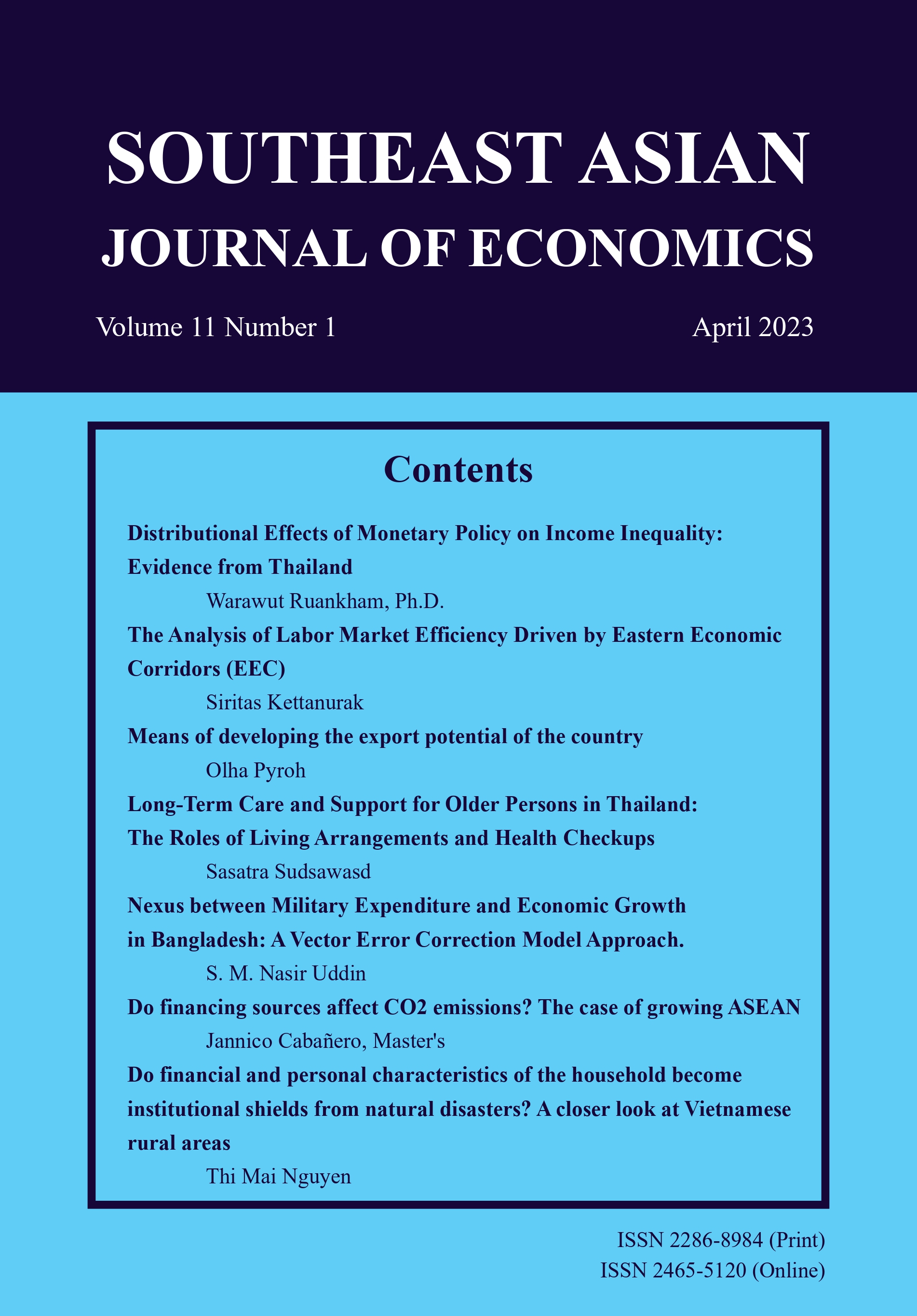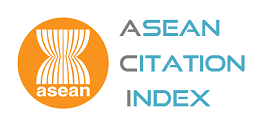The Analysis of Labor Market Efficiency Driven by the Eastern Economic Corridor (EEC)
Keywords:
Matching function, labor market efficiency, Johansen cointegration, vector error correction, Eastern Economic CorridorAbstract
This paper aims to study the efficiency of labor market, investigate the determinants of job employment in the Eastern Economic Corridor, and forecast the trend of job employment. The monthly data from January 2016 to September 2021 were collected to explore the long-run relationship among variables in the aggregate matching function. The finding results indicate that job employment, job vacancy, and unemployment are cointegrated in the long run. The market efficiency is approximately 1.15 percent, with the decreasing
returns to scale matching technology. Regarding the short-run relationship, estimated by the vector error correction model, the employment rate is statistically affected by the unemployment rate and the widespread period of the COVID-19 pandemic. Finally, the forecasting result illustrates that the number of job employments will gradually decline in the 2022-2023 period. Despite an upward trend of job vacancies, the number of unemployed workers will continue to rise in 2022.
Downloads
Published
How to Cite
Issue
Section
License

This work is licensed under a Creative Commons Attribution-NonCommercial-NoDerivatives 4.0 International License.
The submission of a manuscript implies that the paper is an original work and has not been published elsewhere. The author(s) authorize the journal to reproduce or distribute the paper in printed or other electronic forms.







